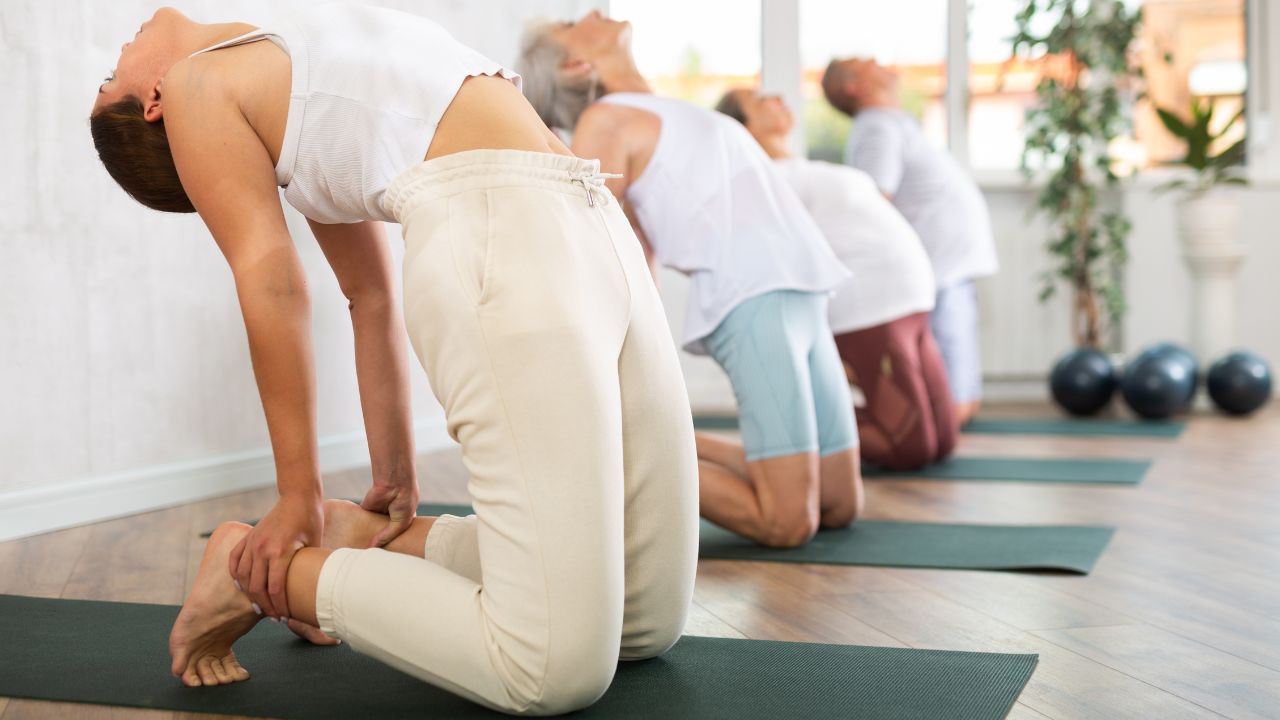
The Importance of Mobility
Mobility is a crucial aspect of our overall health and well-being. It refers to our ability to move freely and efficiently, without pain or restriction. Good mobility allows us to perform daily activities with ease, engage in physical exercise, and maintain our independence as we age. On the other hand, poor mobility can lead to a host of health issues, including chronic pain, limited range of motion, and an increased risk of falls and injuries.
Stretching for Flexibility
One of the most effective ways to improve mobility is through regular stretching. Stretching helps to lengthen and loosen tight muscles, increasing flexibility and range of motion. It is important to incorporate stretching into your daily routine, focusing on major muscle groups such as the legs, hips, back, and shoulders. Hold each stretch for 15-30 seconds, and repeat 2-3 times on each side. Be sure to breathe deeply and avoid bouncing or forcing the stretch, as this can lead to injury.
Exercise for Strength and Mobility
In addition to stretching, regular exercise is essential for maintaining and improving mobility. Strength training exercises, such as weightlifting or bodyweight exercises, help to build and maintain muscle mass, which is important for supporting joints and preventing injuries. Cardiovascular exercise, such as walking, jogging, or swimming, helps to improve circulation and increase overall endurance. Aim for at least 150 minutes of moderate-intensity exercise per week, or 75 minutes of vigorous-intensity exercise.
The Benefits of Yoga
Yoga is another excellent way to improve mobility, as it combines stretching, strength training, and mindfulness. Yoga poses, or asanas, are designed to improve flexibility, balance, and strength, while also promoting relaxation and stress relief. Many yoga poses, such as downward-facing dog, warrior pose, and pigeon pose, target specific areas of the body to improve mobility and reduce tension. Practicing yoga regularly can help to improve posture, reduce pain, and increase overall body awareness.
Incorporating Mobility into Daily Life
In addition to dedicated exercise and stretching sessions, there are many ways to incorporate mobility into your daily life. Taking regular breaks from sitting to stand up and move around can help to prevent stiffness and improve circulation. Using ergonomic equipment, such as a standing desk or supportive chair, can help to reduce strain on the back and neck. Engaging in hobbies that involve movement, such as gardening, dancing, or playing with pets, can also help to improve mobility and overall well-being.
Seeking Professional Guidance
If you are experiencing significant mobility issues or chronic pain, it is important to seek guidance from a healthcare professional. A physical therapist or occupational therapist can assess your individual needs and develop a personalized treatment plan to improve your mobility and reduce pain. They may recommend specific exercises, stretches, or assistive devices to help you move more easily and safely.
The Road to Improved Mobility
Improving mobility is a gradual process that requires patience, consistency, and dedication. By incorporating regular stretching, exercise, and mindful movement into your daily routine, you can gradually improve your flexibility, strength, and overall range of motion. Remember to listen to your body and avoid pushing yourself too hard, as this can lead to injury or setbacks. With time and practice, you can enjoy the many benefits of improved mobility, including reduced pain, increased independence, and a greater sense of overall well-being.
 Mobility trainingHome Fitness RecoverySports Injury PreventionPersonal Physical TherapyOrthopedic SolutionsPrivacy PolicyTerms And Conditions
Mobility trainingHome Fitness RecoverySports Injury PreventionPersonal Physical TherapyOrthopedic SolutionsPrivacy PolicyTerms And Conditions
